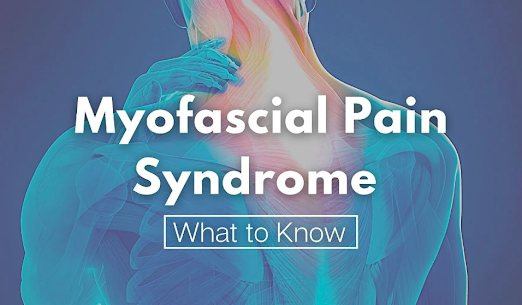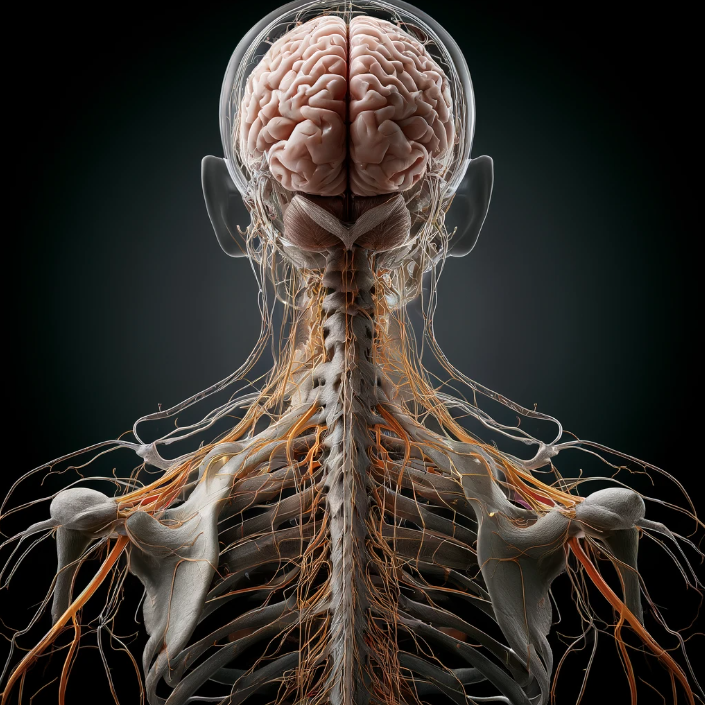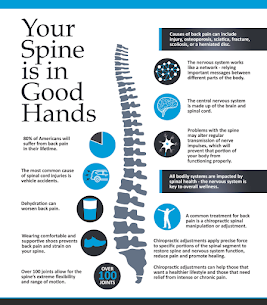Understanding Myofascial Pain Syndrome: Causes, Symptoms, and Diagnosis
Unlocking Relief: A Comprehensive Guide to Myofascial Pain Syndrome

Myofascial Pain Syndrome (MPS) is a chronic condition that affects the musculoskeletal system, causing pain and discomfort in the muscles and the surrounding fascial tissues. Unlike the occasional muscle soreness that most people experience after physical exertion, MPS involves persistent, deep muscle pain that can significantly impact an individual's quality of life. This blog post delves into the causes, symptoms, and diagnostic processes of MPS, providing valuable insights for those seeking to understand and manage this condition.
What is Myofascial Pain Syndrome?
MPS is characterized by the presence of trigger points—sensitive areas in the muscles that cause pain when pressed. These trigger points can lead to localized pain in specific muscles or refer pain to other areas of the body, creating a complex pattern of discomfort that can be challenging to diagnose and treat. Unlike other muscle pains that are usually temporary and related to muscle injury or overuse, MPS can persist and worsen over time if not properly addressed.
Causes of Myofascial Pain Syndrome
The development of MPS is often associated with muscle overuse or injury, which can lead to the formation of trigger points. Factors such as stress, poor posture, and prolonged periods of immobility or lack of activity can also contribute to the onset of MPS. These conditions cause the muscle fibers to contract but not fully release, leading to the creation of knots or trigger points that are sensitive to touch and can cause significant pain.
Symptoms of Myofascial Pain Syndrome
The primary symptom of MPS is deep, aching muscle pain that persists or worsens over time. This pain is typically localized to specific muscles but can also refer to other areas, creating a pattern of discomfort that may seem unrelated to the original trigger point. People with MPS may also experience symptoms such as muscle stiffness, fatigue, and a decrease in range of motion, which can affect their ability to perform daily activities and reduce their overall quality of life.
Identifying Trigger Points: Key Aspects
- Hallmark of Myofascial Pain Syndrome (MPS)
- Identified during physical examination
- Located within skeletal muscle
- Characterized by bands of tight or hard muscle fibers
- Pressing on them may produce a twitch response
- Can refer pain to other areas, indicating MPS presence
Diagnosing Myofascial Pain Syndrome
Diagnosing MPS involves a comprehensive medical history and physical examination. Healthcare providers will look for the characteristic trigger points and assess the pattern of pain and discomfort reported by the patient. Palpation, or the process of pressing and feeling the muscles for trigger points, is a common diagnostic technique. It's crucial to rule out other conditions that may cause similar symptoms, such as fibromyalgia or rheumatoid arthritis, to ensure an accurate diagnosis and appropriate treatment plan.
Conclusion
Understanding Myofascial Pain Syndrome is the first step toward effective management and relief from its debilitating symptoms. Recognizing the signs of MPS and seeking professional diagnosis and treatment can help individuals regain their quality of life and return to their daily activities without the constant burden of muscle pain. With the right approach, including physical therapy, myofascial release techniques, and lifestyle modifications, it's possible to alleviate the symptoms of MPS and prevent its recurrence.
If you suspect that you or someone you know may be suffering from MPS, it's essential to consult with a healthcare provider for a personalized assessment and management plan. Early intervention can make a significant difference in managing the symptoms and improving overall well-being.
Remember, you don't have to live with chronic muscle pain. With the right information and support, managing Myofascial Pain Syndrome is within reach.
Omaha Chiropractors and Acupuncture

CONTACT
CONTACT
SERVICES
QUICK LINKS
QUICK LINKS
BUSINESS HOURS
- Mon - Wed
- - -
- Thursday
- - -
- Friday
- -
- Sat - Sun
- Closed
Copyright Komp Chiropractic and Acupuncture Clinic | Proudly Powered by Snapps









